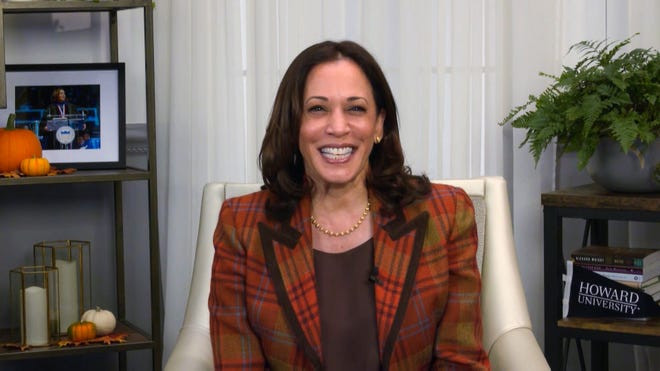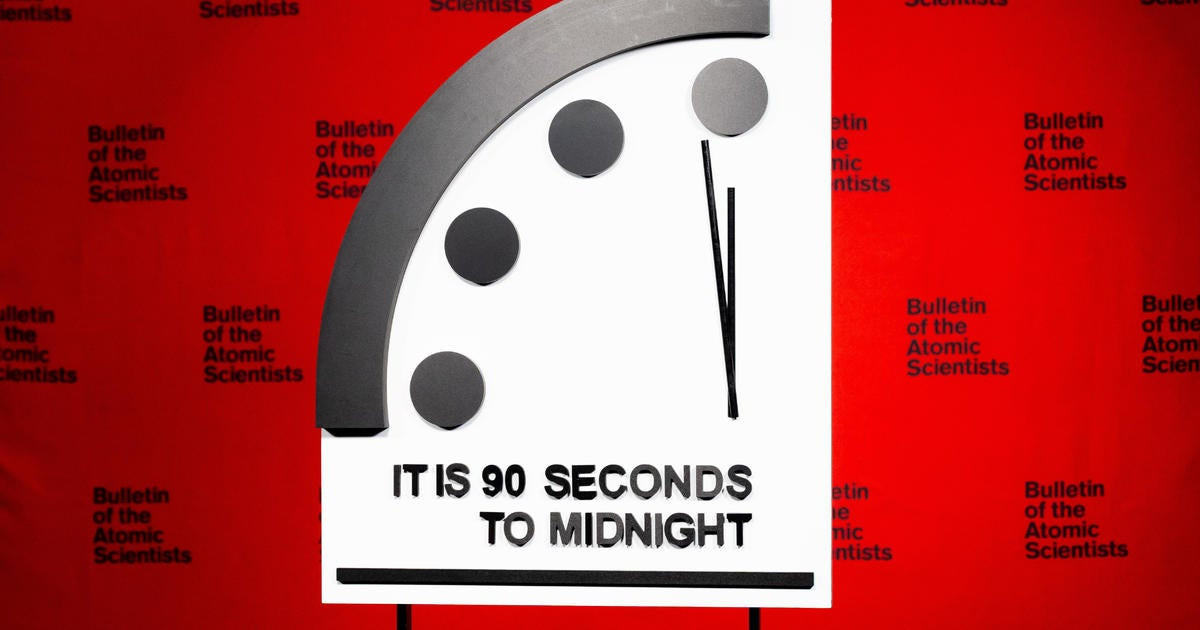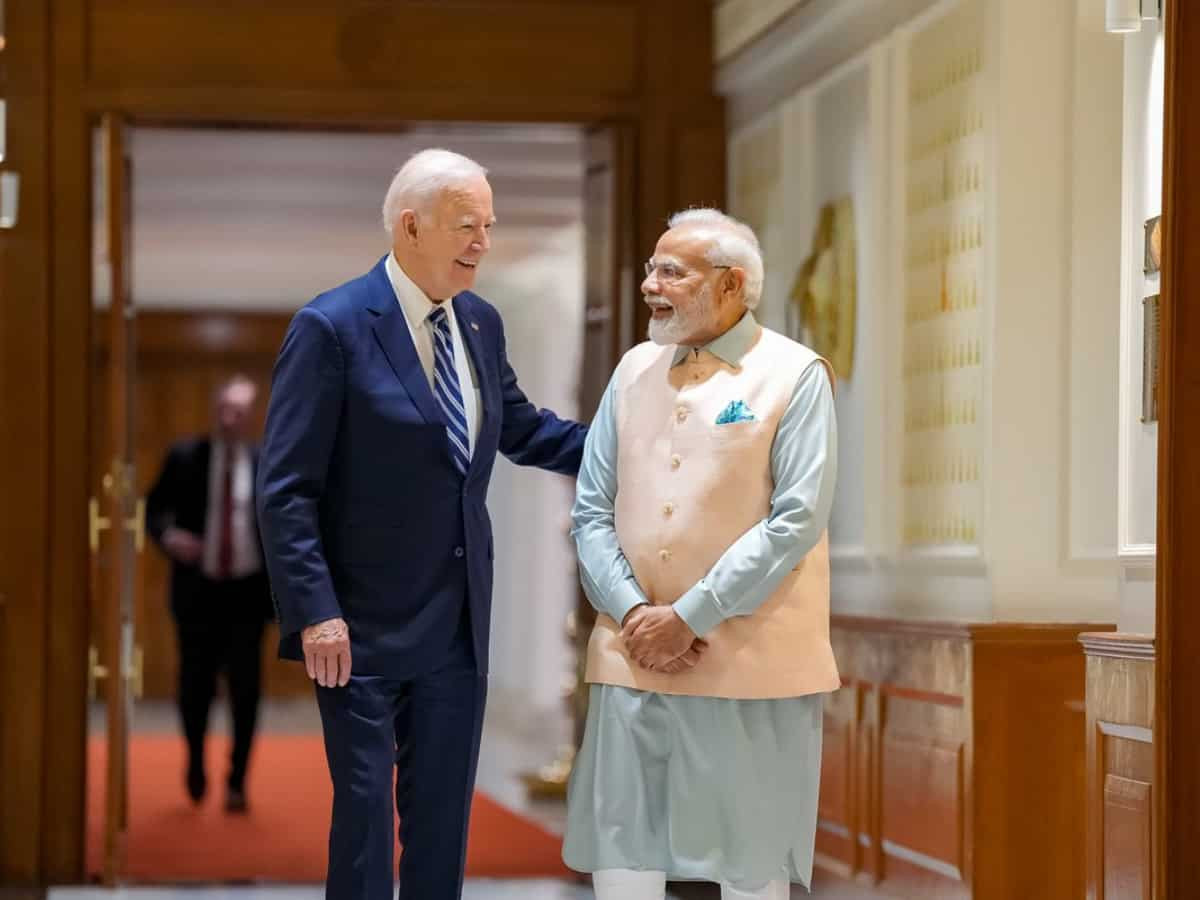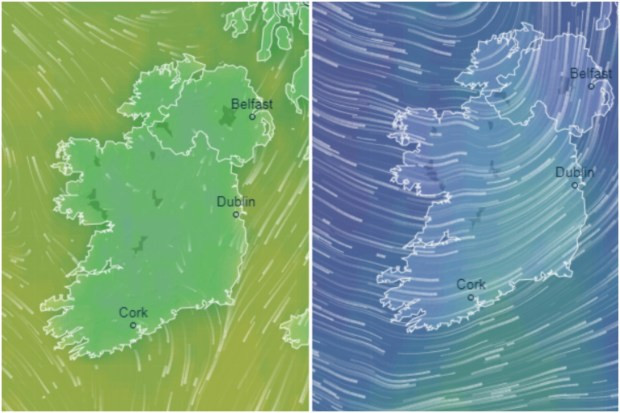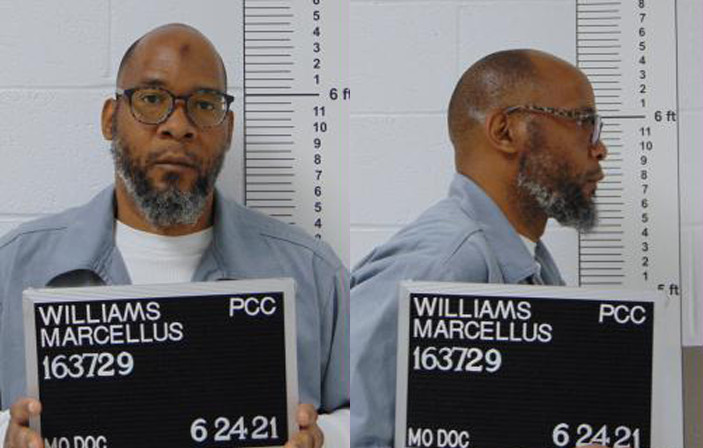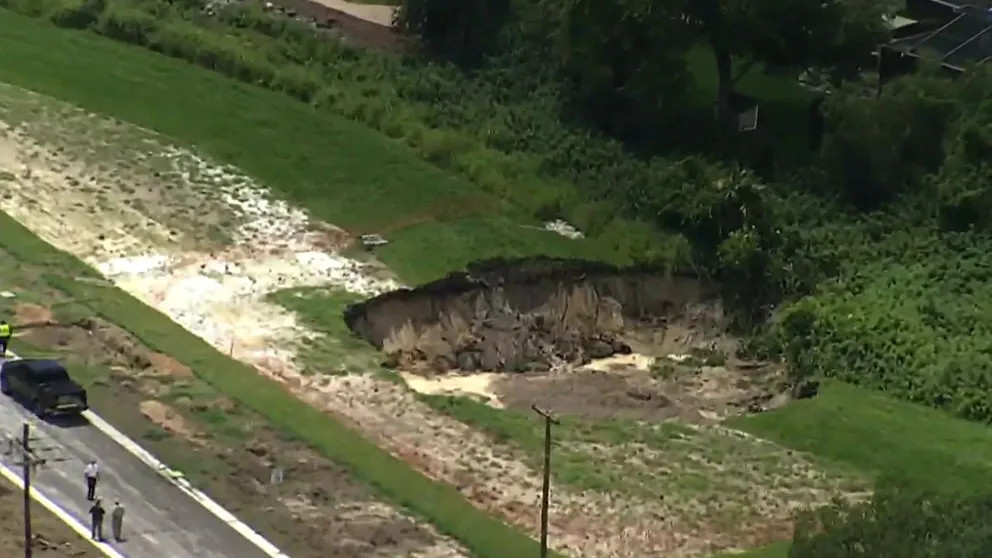In early September 2024, Several accounts on X began sharing a story from the website of an alleged San Francisco television station with the call sign KBSF: The story claimed that Harris hit two pedestrians with her car in San Francisco — a mother and her young daughter— leaving the child disabled for life.
The story, which was published on a website called "KBSF - San Francisco News", claimed that Harris hit two pedestrians with her car in San Francisco in June 2011, leaving a young girl disabled for life. The website alleged that Harris left the scene of the accident and that her people threatened the victims' family to prevent them from reporting the incident to the police.
However, Snopes, a website that fact-checks viral claims, found that KBSF is not a legitimate news outlet. The website was registered on August 20, 2024, and there has never been a KBSF television station in San Francisco or anywhere else in the United States. Prior to September 2024, the only notable search results for "KBSF" and "TV" on Google were for content produced for a YouTube channel belonging to the Korea Bobsleigh and Skeleton Federation (KBSF).
Snopes reached out to the Harris campaign for comment, but they did not respond.
Dissecting the Deceptive Website
The website KBSF-TV.com, which published the story about Harris, is a clear example of a fake news website. There are a number of clues that suggest the website is not legitimate:
-
The website was registered just a few weeks before the story was published. This suggests that the website was created specifically to spread this false information.
-
The website has no history of reporting on any other topics. This further suggests that the website was created for the sole purpose of spreading this particular false story.
-
The website claims to be a San Francisco television station, but there is no evidence to support this claim. There is no record of a KBSF television station ever existing in San Francisco or anywhere else in the United States.
-
The website is full of grammatical errors and typos. This is a common characteristic of fake news websites.
-
The website has been archived by the Wayback Machine, but only for the single article on Harris. This indicates that the website was not intended to be a long-term news source, but rather a vehicle for spreading this particular piece of misinformation.
The Dangers of Fake News
The spread of fake news is a serious problem. Fake news can be used to manipulate public opinion, spread misinformation, and undermine trust in legitimate news sources. In this case, the fake news story about Harris appears to be part of an effort to damage her reputation and undermine her candidacy for president.
It is important to be critical of the information you see online. If you come across a story that seems too good to be true, or that makes you feel angry or upset, it is important to check the source of the information. You can do this by looking for reputable news sources, checking the website's about page, and looking for fact-checking websites like Snopes.
Taking Action to Combat Fake News
We can all do our part to combat fake news. Here are a few things you can do:
-
Be skeptical of information you see online. Don't believe everything you read, especially if it comes from a source you're not familiar with.
-
Check the source of the information. Look for reputable news sources, check the website's about page, and look for fact-checking websites.
-
Don't share information that you haven't verified. If you're unsure about the accuracy of a story, don't share it.
-
Report fake news websites and social media accounts. Many social media platforms have ways to report fake news. You can also report fake news websites to organizations like the Federal Trade Commission.
By taking these steps, we can all help to combat the spread of fake news and protect ourselves from misinformation.
A Call for Vigilance
The proliferation of fake news underscores the importance of critical thinking and media literacy. While the internet provides access to a vast amount of information, it also serves as a breeding ground for misinformation. It is our collective responsibility to discern truth from falsehood, holding ourselves accountable to verify information before sharing it.
By being vigilant and informed, we can collectively combat the spread of misinformation and safeguard our democratic processes.




